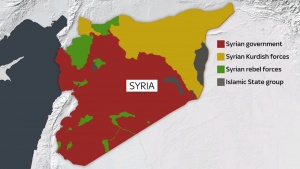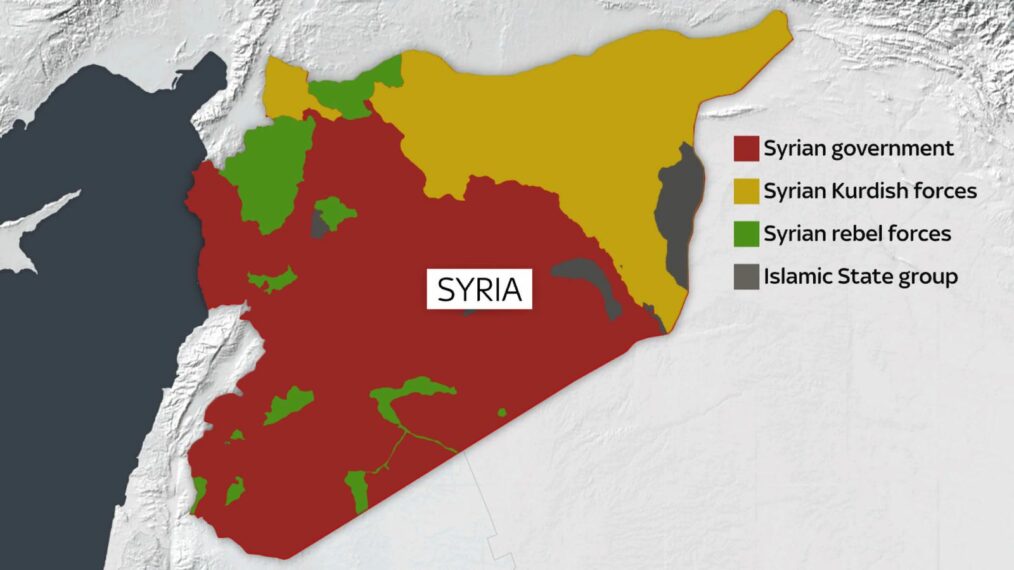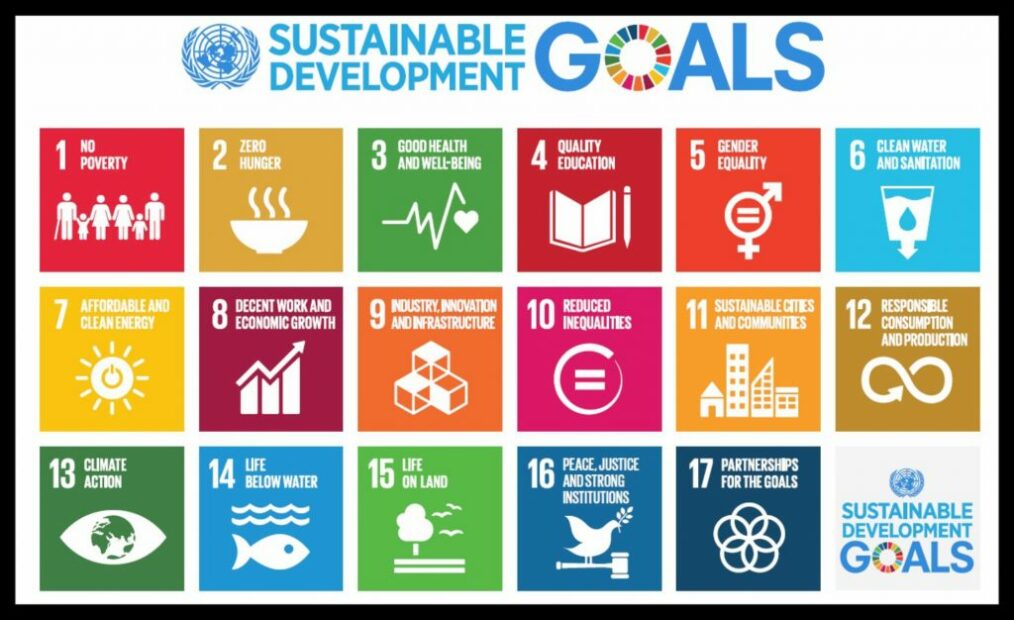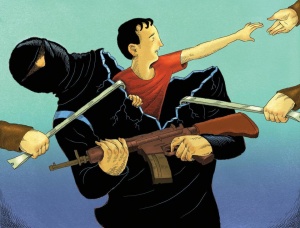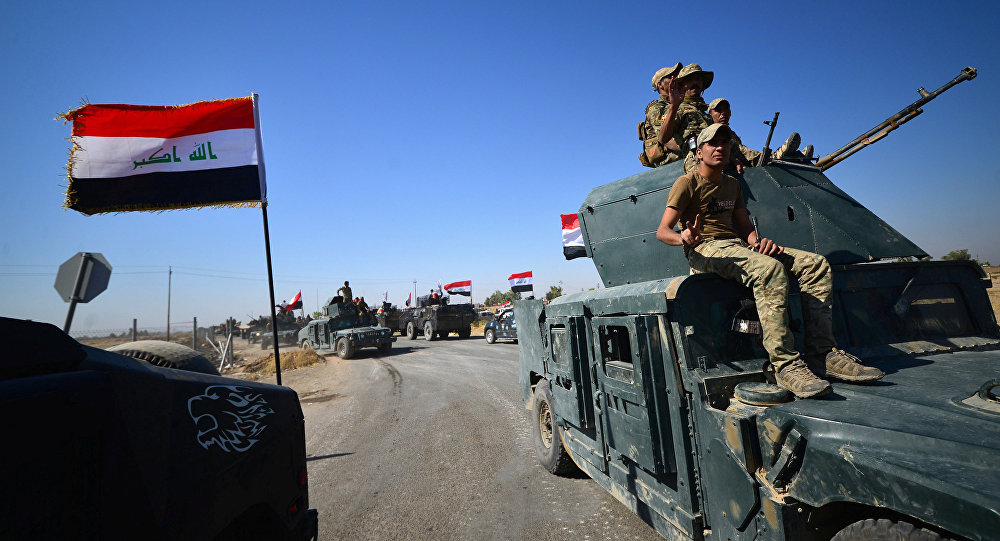
Independent Online/AFP
While tensions between the Rohingya Muslims and the Myanmar government have existed for decades, violent eruptions over the last year have catalyzed the growth of the Arakan Rohingya Solidarity Army (ARSA). The Myanmar government has since designated this group a terrorist organization, diminishing the legitimate political grievances of the Rohingya. An analysis of the distinction between insurgency and terrorism will demonstrate that the government’s categorization is inaccurate and that ARSA’s momentum, in addition to the government’s brutality, may lead to a successful insurgency.
Formed in 2013, ARSA started as a “small-scale effort to organize a Rohingya resistance.” The Rohingya have been systematically marginalized by the military and government for years. Stripped of their citizenship and living in extreme poverty, they remain a vulnerable, and largely displaced, population. Weary of the persecution against the Rohingya and their inability to seek political redress, ARSA planned and executed two attacks on military outposts. Last October, ARSA killed nine officers. In late August 2017, ARSA attacked another army base and 30 police posts, resulting in the death of 71 people, of which 12 were security officers. The government’s response to the attacks has been heavy-handed and disproportionate, often targeting civilians. In an attempt to flush out ARSA, the military set fire to villages, forcing hundreds of thousands of innocent Rohingya to flee, attacking some with bullets, machetes, and even landmines as they retreated. Following the first attack, the group’s leader, Ataullah abu Amar Junani, released a video in which he claimed responsibility and indicated that the decades of crimes against the Rohingya justified the attack and the right to defend themselves.
Contradicting ARSA’s narrative of self-defense stand instances of violence towards their own people. In the midst of the clashes between the military and the Rohingya, young men fleeing must not only escape the military but avoid ARSA, as many find themselves forced by their own to stay and fight.
Many Rohingya remain committed to joining the fight against the government, nevertheless, willing to risk their lives and those of their families in order to secure rights for the Rohingya. While ARSA participates in violence, the ensuing analysis will demonstrate that their designation as a terrorist group is inaccurate and the government’s response is unjustified.
The definition of terrorism varies between governments, agencies, and academics. This analysis will use International Affairs Professor Bard O’Neill’s definitions of both the terms terrorism and insurgency found in his book Insurgency and Terrorism. He defines terrorism as, “The threat or use of physical coercion, primarily against non-combatants, especially civilians, to create fear in order to achieve various political objectives,” whereas insurgency is “a struggle between a non-ruling group and the ruling authorities in which the non-ruling group consciously uses political resources and violence to destroy, reformulate, or sustain the basis of legitimacy of one or more aspects of politics.”
ARSA does not fall under the category of terrorism, as the violence is primarily employed against Myanmar militia and not civilians. Furthermore, ARSA repeatedly affirms that it wants the Rohingya to live in peace, to secure their rights and for “greater autonomy as Myanmar citizens.” Rather than hoping to achieve a political objective to bring them leverage over other groups, ARSA simply wants the Rohingya to be afforded equal rights. ARSA uses political resources, such as organizational expertise, to muster fighting forces in the struggle against the Myanmar government in the hope of gaining legitimacy for the Rohingya. Accordingly, ARSA is more appropriately labeled as an insurgency group.
Contrary to the Myanmar government’s intent, their “violence and abuses are likely to boost support for the armed group,” raising the question of whether ARSA could evolve into a successful insurgency. According to American University Professor Bill Belding, eight elements of a successful insurgency can be evaluated to better understand whether ARSA could maintain growth and eventually succeed in their quest for rights for the Rohingya. These eight elements are critical mass, better idea, effective leader, external support, resources, communication, safe haven, and intelligence. The government’s continued violence may push more sympathizers to join ARSA and gain a (1) critical mass. ARSA has “significantly influenced many Muslim religious leaders in northern Rahkine State to endorse [ARSA] despite earlier feelings [of the] violence to be counterproductive.” ARSA hopes to gain rights for the Rohingya people, effectively establishing a (2) better idea. It is difficult to measure the (3) efficacy of their leader, Ataullah abu Ammar Jununi, but his presence is known and he has released videos taking responsibility for the attacks. During ARSA’s attacks, members obtained arms from the Myanmar militia giving them (4) resources. ARSA gained (5) external support by urging Rohingya clerics to issue a “fatwa” stating the campaign against the security forces is legal in Islam. Analysts believe that ARSA receives funding from the Rohingya diaspora and private donors in Saudi Arabia and the Middle East. Around August 2016, two Saudi-based senior leaders spent a month in the Rakhine State assisting with training. ARSA members use encrypted messaging applications including Whatsapp and Viber to (6) communicate. Their leader effectively communicates because he speaks Peninsular Arabic and the Bengali dialect found in northern Rakhine. Because the Rohingya are displaced persons, since neither Myanmar nor neighboring Bangladesh considers them citizens, they lack a typical (7) safe haven. However, the large Rohingya diaspora, as well as its ability to communicate on texting applications, gives members some semblance of safety. While a typical safe haven provides physical security and the ability for members of a group to convene without fear of attack, the Rohingya still can reap some of the same benefits even as displaced persons. Communication through texting applications allows them to discuss and plan free of government intrusion, and a Rohingya diaspora that is not actively persecuted can assist with logistics. Lastly, ARSA gains important (8) intelligence through their texting applications, which allows quick dissemination of information, but it is noted that they do not appear to have any advanced intelligence operations. Unlike more organized groups which may have technology or spies that can actively gather information, ARSA relies on encrypted messaging applications to spread news and word-of-mouth information to its members. Almost every element of a successful insurgency is found in ARSA’s campaign against the Myanmar government, and if not explicitly present, the lacking elements remain on the cusp of fruition in the volatile and uncertain climate.
Accordingly, the Myanmar government’s labeling of ARSA as terrorists appears to be an attempt to capitalize on the global fear of Muslim extremism to provide cover for their disproportionate military assault. ARSA, while not irreproachable, are fighting for political legitimacy, and thus should be labeled insurgents. The widespread suffering and displacement the military has caused will likely fuel rather than extinguish an uprising. Although ARSA does not yet demonstrate every element of a successful insurgency, it would be in the Myanmar government’s best interest to rethink its counterproductive strategy if it hopes to stifle backlash.

